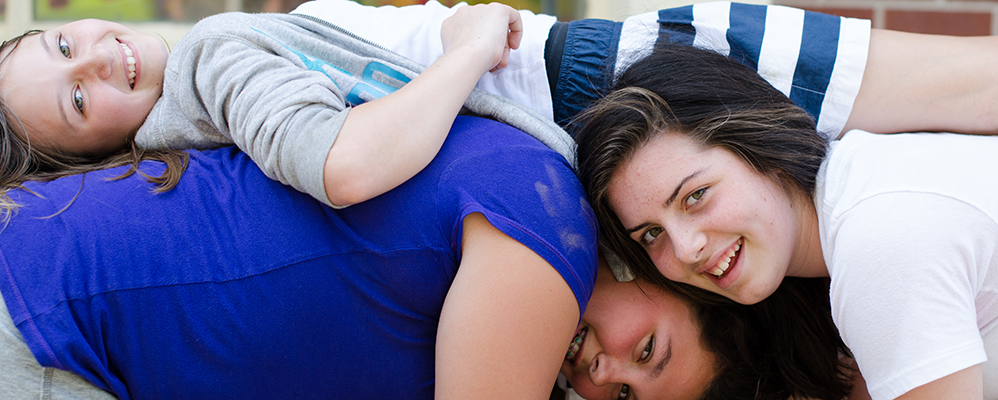Construction Learning


What do students learn from
construction learning?
Learning Story
Students learn that objects and structures have observable characteristics and those structures and mechanisms in our environment have forces that act on and within them.
Construction or constructive play-based learning is the process of building an end product from a range of materials. The actual process of constructing is far more important than the end result. It is during the making of the item that students develop language skills as they articulate what they are doing, identify problems and find solutions, and develop manipulative skills. When students work together on construction activities, the process is enhanced as children share thoughts and build upon each other’s ideas.
Young children do not easily develop ideas about shapes just from looking at them. They learn as they manipulate, draw or represent the shapes in a variety of ways. So too must older children continue to manipulate materials to understand more advanced mathematics and physics concepts. They require opportunities to raise and lower materials, to push and pull, and to build taller, with various shapes and in ways that require wide spans.
Visualization and spatial reasoning can also be improved through the use of carefully selected computer animations and games. Through play, students are able to work at their own level of ability (their zone of proximal development) and advance as quickly or as slowly as they need.
As children get older, it is important to introduce them to more advanced materials that will challenge their thinking and provide diverse opportunities to work with others to solve problems. Constructive play-based learning allows children to experiment with objects and discover which combinations do and don’t work. When children are constructing, there are no right or wrong answers but instead a myriad of problem-solving possibilities. Children who become comfortable manipulating objects and materials also become good at manipulating words, ideas and concepts. They develop flexibility in their thinking.
While mathematical manipulatives have traditionally been used in primary classrooms, I realized my junior students needed to take advantage of these materials as they worked to deepen and advance their thinking in mathematics and physics. These hands-on activities allow students to apply their new knowledge and, importantly, articulate their thinking as they work in small groups.
I usually set aside one day each week as a “choice day” to give students the chance to select a mathematical activity from a wide range of options. What follows is a snapshot of one “choice day.”
Two children set up a dominos run. They had borrowed pieces from other classes to have enough for a complex run today. They planned out an interesting path on paper first and tried to estimate how many pieces they would need as they adapted their plan. They used non-standard measuring tools until they were happy with their idea, and then worked the rest of the period on the set up and being very precise in their placement of the dominoes. They experimented with inclines this week.
A second group decided to work at the puzzle table. There is usually a puzzle available at all times for students to construct. We are fortunate that a friend gave the classroom a puzzle blanket that roles up and holds all the pieces in place so we can clear the table whenever we need to. This group was working on a rather monotone puzzle that required good spatial orientation to complete. Students who are not usually leaders in other classroom projects are often the leaders when working at this centre.
One group chose to work at the computers and was asked to choose a game from a list of mathematically appropriate ones. The one they selected emphasized physics as it focused on the construction and deconstruction of a series of structures in a timed challenge.
We had been collecting a range of found materials that are useful for both art and mathematical activities. We have cardboard cubes, prisms, spheres, etc., as well as ramps and tubes. One group decided to have a marble race and the students negotiated the challenge before getting into teams to each create a structure that would move their marble the farthest. Their particular challenge today involved height and length parameters as well as restrictions on the number of pieces that could be used.
I have been collecting Lego pieces for a few years through parent and friend donations of sets which their children have outgrown or which they found at garage sales for me. For this age group, students usually prefer a large quantity of pieces to construct big and complex structures. Today, a group has decided to build a large bear so they have had to work co-operatively to ensure symmetry as they build their structure. It will not be completed today but can be worked on throughout the week when they have spare time and they will continue at this particular centre on the next choice day.



